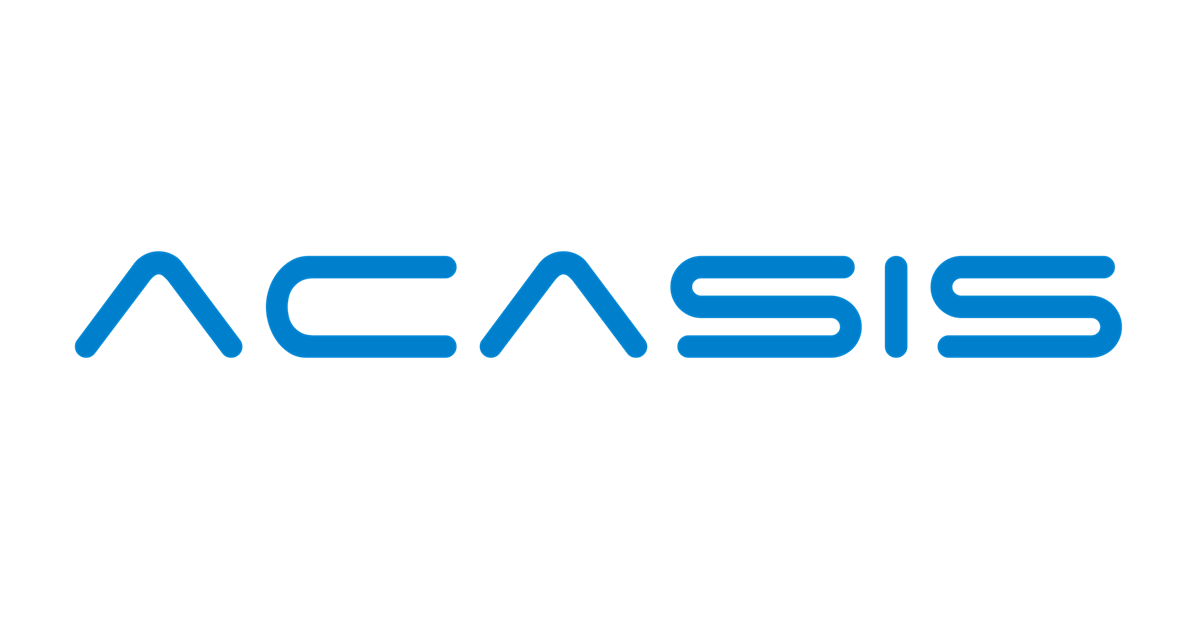Universal_Love
New Member
I love OBS ... have been using it for years for various things ❤️
Please be so kind to advise what HDMI video capture card should I get to get as clear of a video as possible?
1920x1080 is the output from my Win 10 laptop - it is going to another Win 10 laptop - I want to use it as a second monitor
in short my cards only give me the
option
but I think I want and need
from
Win 10 (HP Elite G7) (screen is 1920x1200 - but I'm outputting to HDMI as a second monitor as 1920x1080)
to
Win 10 (Surface Laptop 2 Model 1769) (default resolution 2256 x 1504) I have Win 10 scaling set at 100% to get true
when I try various cards that I had - 3 so far they all produce not such a clear feed, especially for text
maybe it's my software setup
I do have the latest OBS and do follow the instructions:
I'm pretty sure it - issue of getting only Video Format: "MIPEG" and not Video Format: "YUY2"
so far I have tried these cheap cards
what should I get? or do?
thank you
Please be so kind to advise what HDMI video capture card should I get to get as clear of a video as possible?
1920x1080 is the output from my Win 10 laptop - it is going to another Win 10 laptop - I want to use it as a second monitor
in short my cards only give me the
Video Format: "MIPEG"
option
but I think I want and need
Video Format: "YUY2"
from
Win 10 (HP Elite G7) (screen is 1920x1200 - but I'm outputting to HDMI as a second monitor as 1920x1080)
to
Win 10 (Surface Laptop 2 Model 1769) (default resolution 2256 x 1504) I have Win 10 scaling set at 100% to get true
when I try various cards that I had - 3 so far they all produce not such a clear feed, especially for text
maybe it's my software setup
I do have the latest OBS and do follow the instructions:
Resolution/FPS Type "Custom"
Resolution "1920x1080"
FPS 60 BUT I do not have that option - I have: "Match Output FPS, Highest FPS, 30, 29.97 NTSC, 25, 24 film, 20, 15, 10,
Video Format: "YUY2" - BUT I have only "MIJPEG" - maybe this is the problem
Color Space Default
Color Range Default
Buffering: Auto-Detect
I'm pretty sure it - issue of getting only Video Format: "MIPEG" and not Video Format: "YUY2"
so far I have tried these cheap cards
what should I get? or do?
thank you
